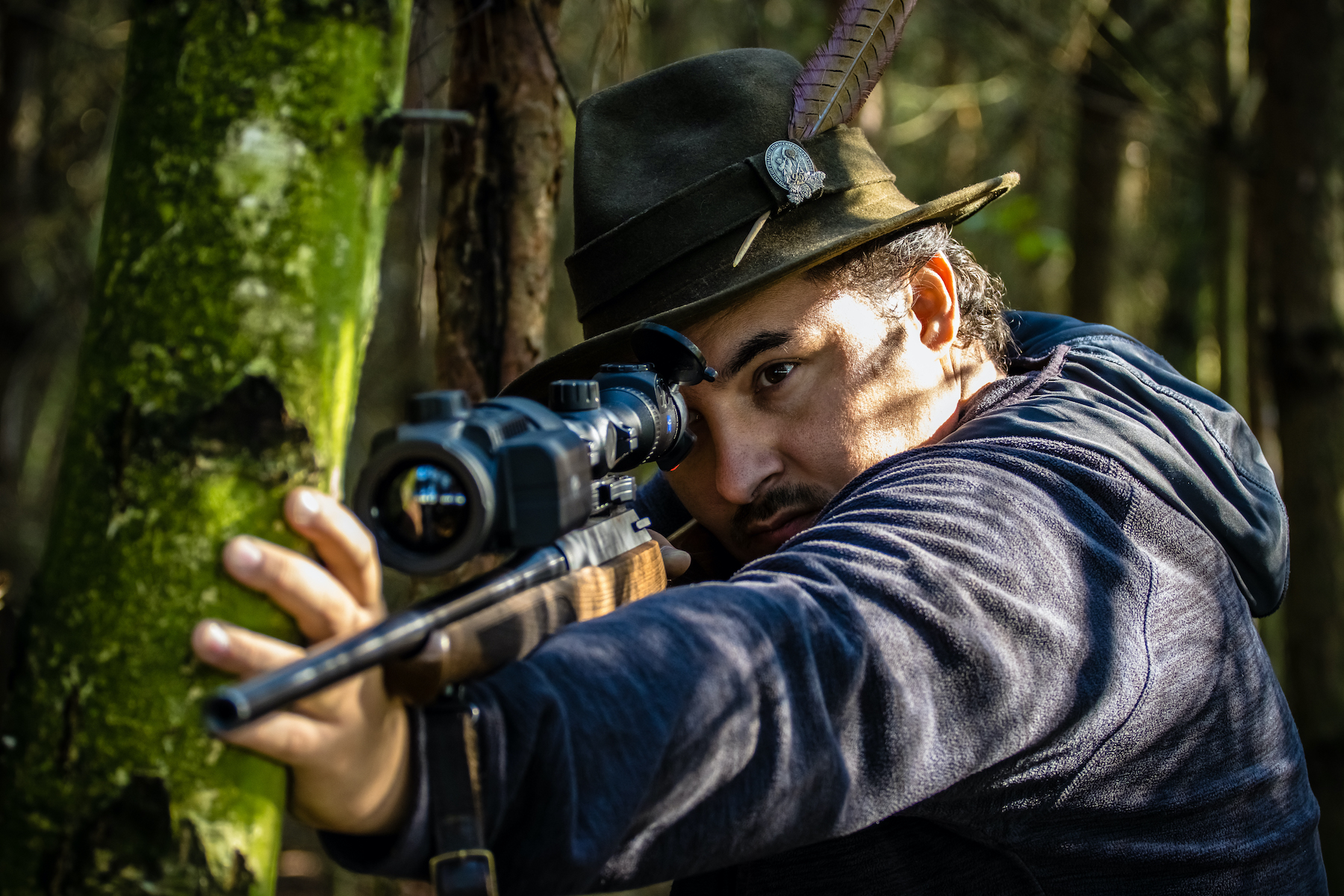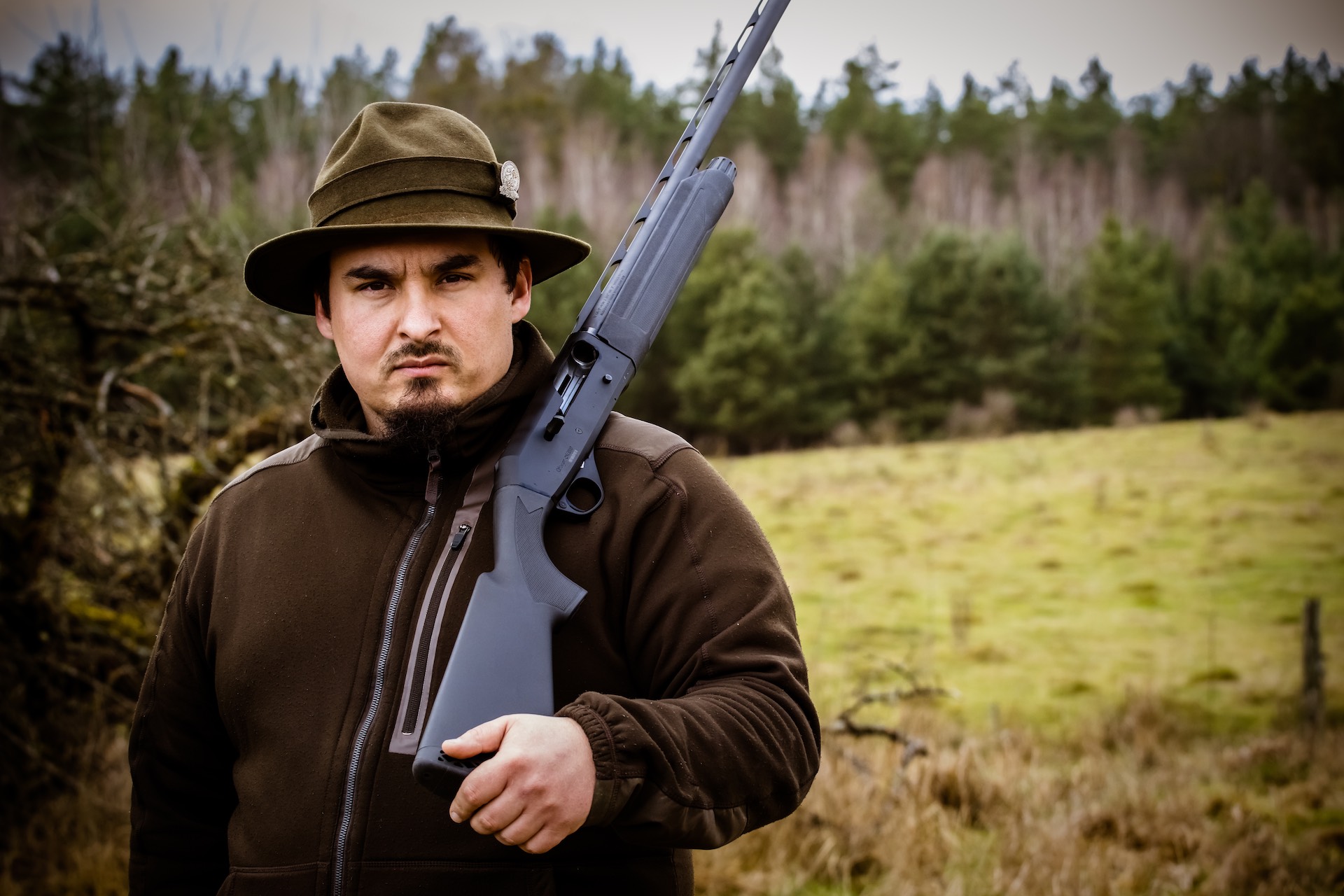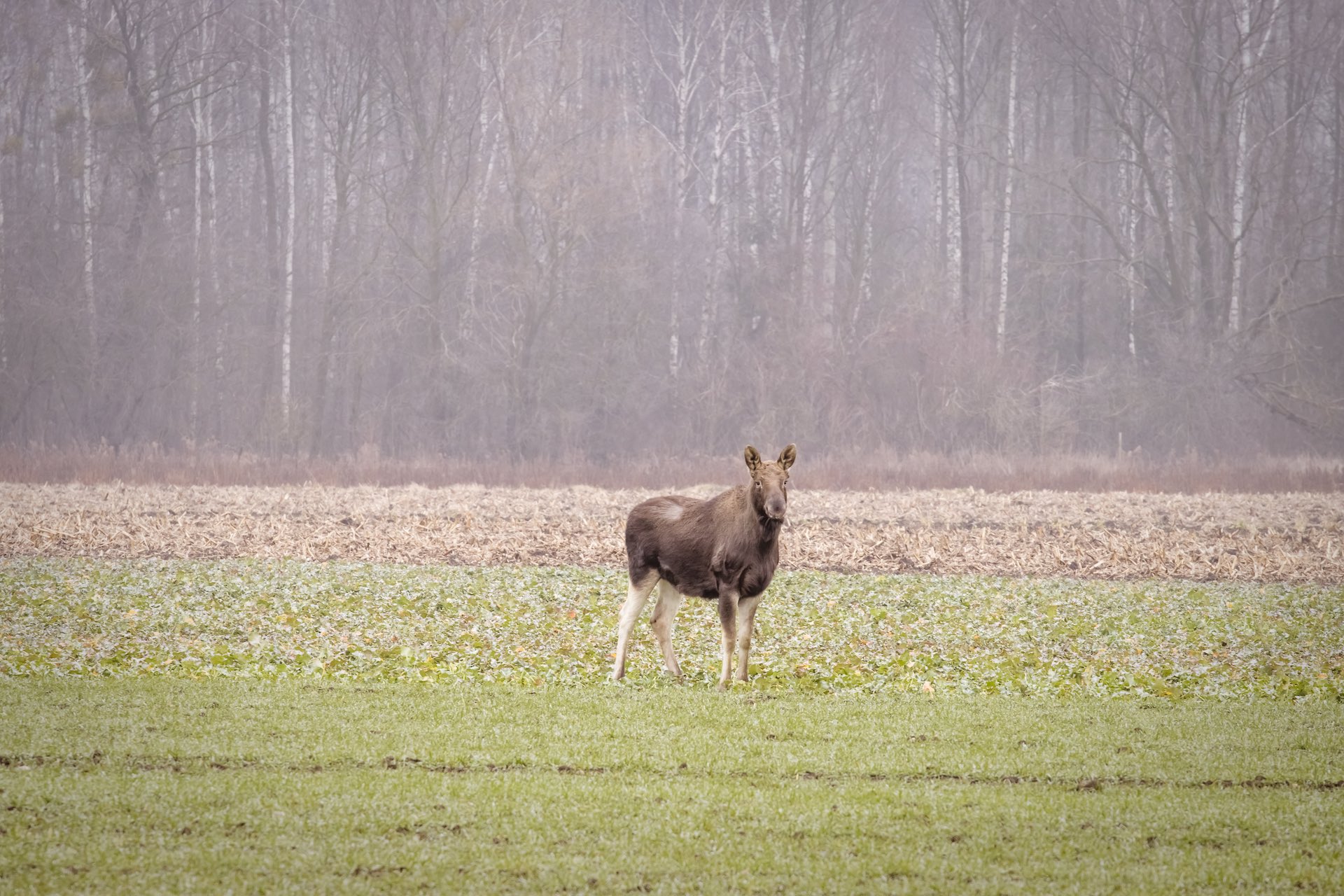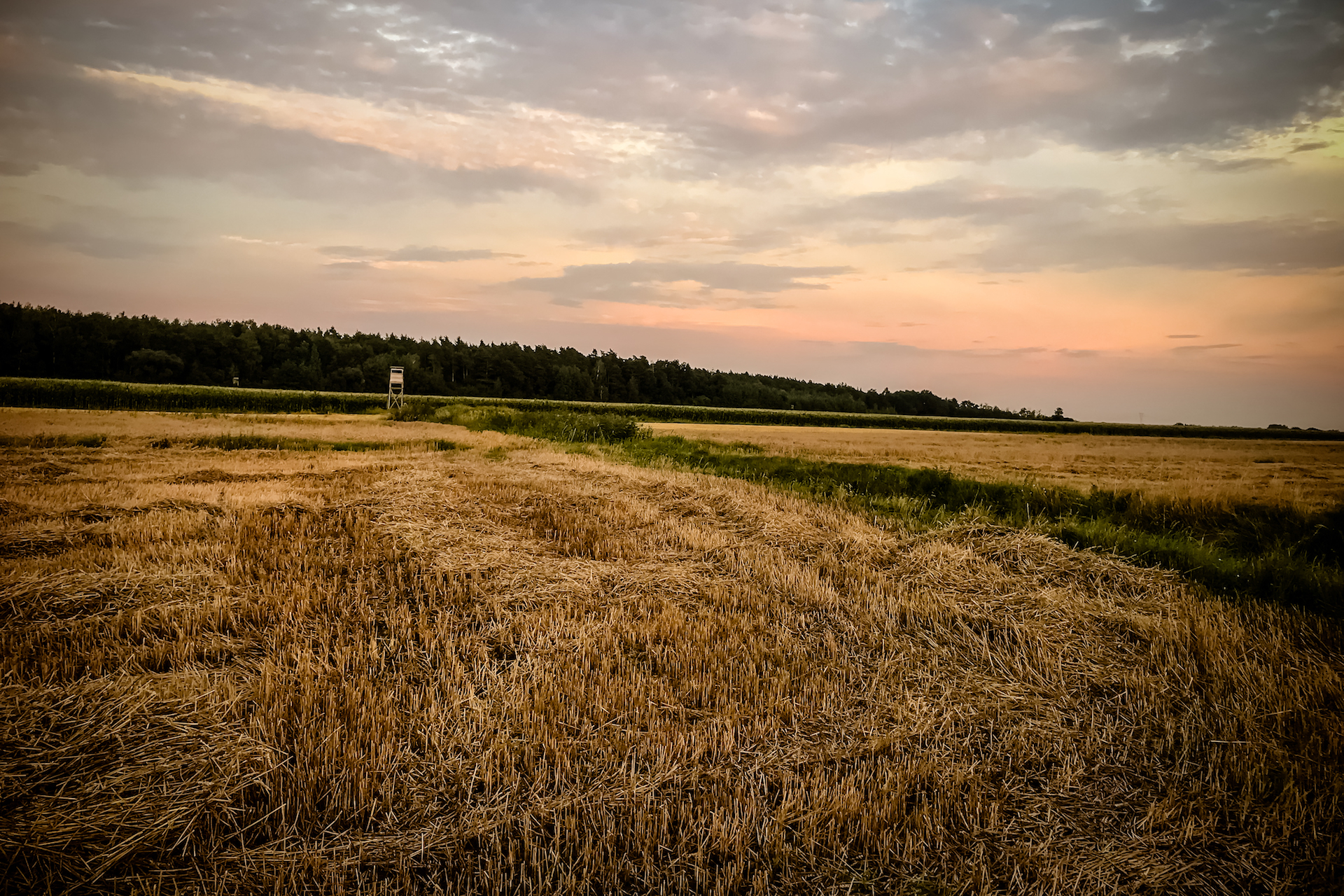
Śmierdzący temat
24 września, 2018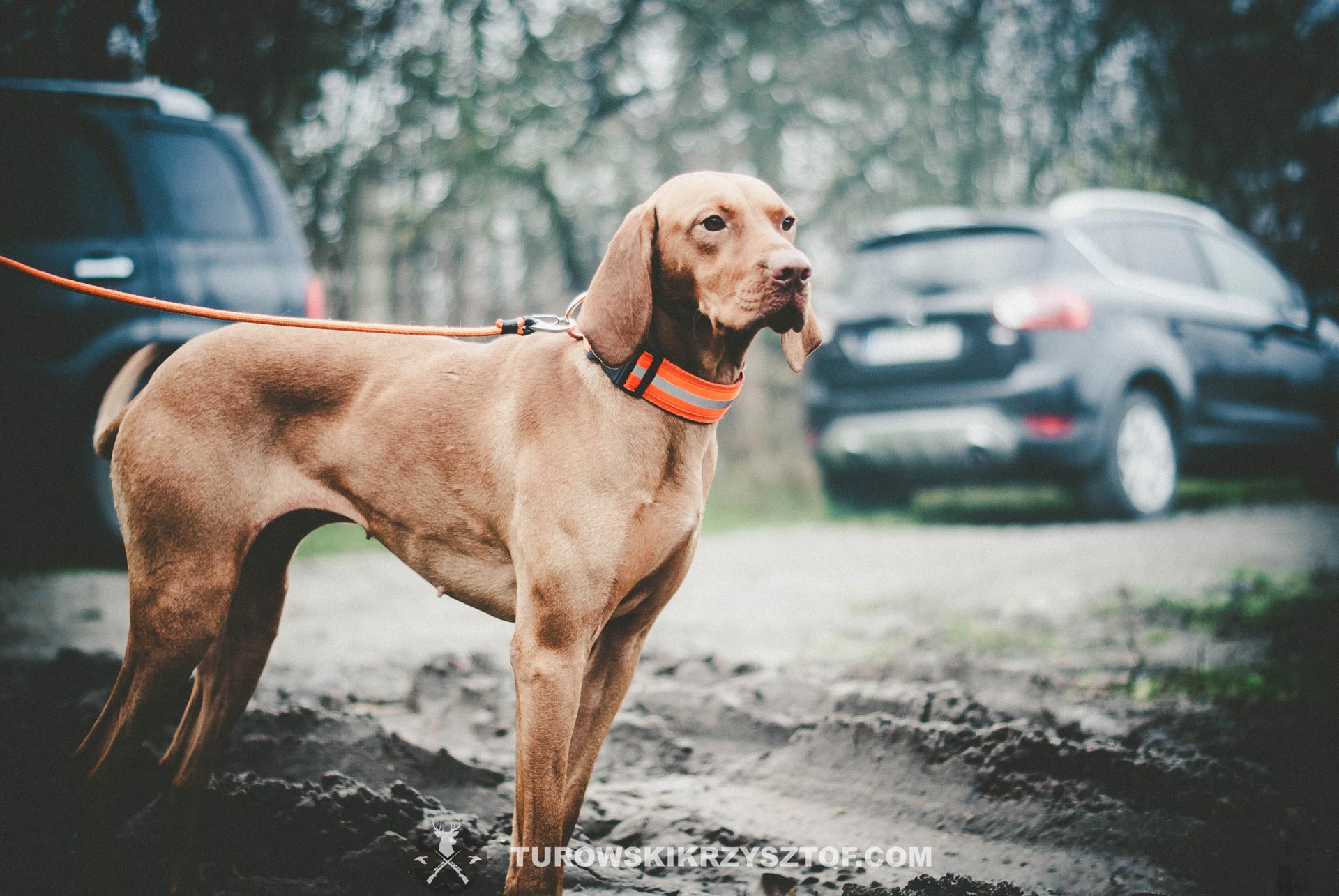
Wyżły – prawdy i mity dobrej pracy z psem
28 września, 2018[vc_row][vc_column][vc_wp_text]
I have met Ania Karniewska on one of the driven hunts in our club – she came with her pointers. It was obvious that we were dealing with perfectly trained dogs. In each of the seven drives you could see a well-trained dog and some special relationship with the owner. I was very surprised, and I decided to contact Ania to ask a little bit more about her dogs, disproving some myths by finding out many interesting and often surprising facts.
Scroll down to the next part
[/vc_wp_text][/vc_column][/vc_row][vc_row equal_height=”” background_type=”image” background_img=”7426″ background_effect=”parallax” shift_y=”0″ z_index=”0″][vc_column][vc_empty_space height=”180px”][/vc_column][/vc_row][vc_row][vc_column][vc_wp_text title=”PO NITCE DO KŁĘBKA / MOVE UP THE LADDER”]
Ania started her professional adventure with breeding from bull terriers, but she always liked pointers. The Hungarian Vizsla and Bracco Italiano found a special place in her heart. Apart from Hungarian and Italian dogs, I have to add that Ania also take care of three Polish Hunting Dog, including two dogs belong to her friends. That’s why I really appreciate the fact that she found time to talk and share thoughts.
Ania is a practitioner, so if a hunting dog appeared in her home, it was obvious that dog would work on the field and in the water. From word to action, and so the dogs and Ania appeared in the hunting world. But how to train hunting dogs when you are not a hunter?
There are two solutions. The first option is an apprenticeship in hunting club, but we are still on our own, and dog can work only when our apprenticeship tutor has time. It’s fine as long we do not have any other options.
The second option is training under the supervision of an experienced, hunting trainer. This type of man will be Tomasz Wiński, www.slavinja.pl, whom I met on the occasion of another hunt in our club.
Training a dog from scratch is an activity that lasts a long time. At the very beginning only Tomek work with her dogs. The dog itself requires the appearance of an owner cooperating with him, and a large part of the work during the training was also on Ania.
It may sound strange, but you first trained the dog, and next you trained his owner to teach him how to cooperate with dog.
Even the best training repeated in the same way at some point will bored the dog. That’s why we start from the baby steps, changing the environment quite often. The young dog will not be able to work for a few hours, because it will burn out quickly. How many times does a really good training last? Well, Ania summarized that the amount of work she spent on the training can be summed up to 600 hours.
Scroll down to the next part.
[/vc_wp_text][/vc_column][/vc_row][vc_row equal_height=”” background_type=”image” background_img=”7428″ background_effect=”parallax” shift_y=”0″ z_index=”0″][vc_column][vc_empty_space height=”180px”][/vc_column][/vc_row][vc_row][vc_column][vc_wp_text title=”ROZMROŻONA KACZKA / UNFROZEN DUCK”]
The dog’s first steps to retrieve small game with real animals take place on the so-called unfrozen bird – for example a duck. The dog learns how to find and bring an animal and in theory after such training this dog should be ready to work. It would seem that a duck is a duck and it does not matter if it was freeze before. However, a real hunt is a completely different reality.
The freshly hunted duck is different – warm, often covered with blood. An untrained dog does not know how to behave with such game, that’s why there are often problems with gnawing game, or even eating. In addition, the dog may tend to bury killed game, instead of retrieving it. The first real hunt is a huge challenge for the inexperienced trainer. It is said that it is much easier to teach something to a dog than to unlearn it, hence the presence of a professional trainer is invaluable.
Ania pointed out that the beginnings are really hard, because the dog will be much more willing to work with the trainer with whom he trained, rather than with his owner who is still learning. The first moments are particularly difficult if the dog has not previously established a relationship with the owner, because the owner did not work with him at all.
Imagine a situation in which a dog is sitting in a kennel on a daily basis. He gets his food, sometimes someone will play with him, but there are not too many expectations from him and his work. Then dog goes to a training course where a lot is happening, there is fun, there is work, everything is prepared, and dedicated to what this dog was created for. Beautiful progress, beautiful behavior, and then dog return to the kennel. Even if from time to time there will be a way out for hunting, such a dog will never give as much work as it was at the training, where it was still in the middle of hunting.
However, training itself is not what determines the dog’s work. We set our first steps at home, teaching the basics of obedience long before hunting training. Even such an activity as not chasing roe deers when we are on the pheasant hunts can cause a big problem and it will depend on whether the dog will be taught to stop, stay or come back. Real hunting is not a ball-throwing activity, but a real hard and demanding job in the hunting unit.
Sports competitions that imitate hunting will never be able to match the field trials for hunting dogs. Imitation will never be even close to the real works with game. Ania has repeatedly emphasized that the work of a hunting dog is a very close approximation to their basic instincts, because pointing the game or bringing a hunted bird can be treated like getting food.
The hunting unit also decides about success, and Ania described an example with pheasants. There is a popular myth, that a dog will train on the hunt. In fact, it used to be much easier to train a dog in the field with a large amount of pheasant, when he had access to a hunting unit with lots of game. The dog and the owner could analyze the situation during the hunt itself.
Currently, there is a lack of small game in typical hunting unit, and if the dog does not meet a pheasant during the hunt, there is no way to learn. Therefore, you should teach the dog on the small game before you go out hunting. Thanks that, we can have better control over dog’s behavior. Of course, it is impossible to create every situation that can take place on the hunt, but here we can return to the basics. Better obedience, more new training situations equals more pleasant hunting to our dog and our control over the hunt.
Scroll down to the next part.
[/vc_wp_text][/vc_column][/vc_row][vc_row equal_height=”” background_type=”image” background_img=”7425″ background_effect=”parallax” shift_y=”0″ z_index=”0″][vc_column][vc_empty_space height=”180px”][/vc_column][/vc_row][vc_row][vc_column][vc_wp_text title=”MIEJSKI SPACERNIAK / CITY WALK”]
According to Ania’s calculations Number of Bracco Italiano dogs in Poland with completed competitions can be counted on the one hand fingers, while their numbers in our country can be estimated for about 500 dogs. It’s less than 1%. All the rest lands on couches next to setters. Even if at the beginning they are predisposed to being hunter dogs, they are often suppressed.
Example – a pointer goes to a big city, going out for a walk will point every pigeon he meets, because he is on the hunt! He is hunting! He wants to play, to point, to bay, to retvieve and he gets a punishment because he does not behave as owner want. He has to walk politely next to the owner and not be crazy about birds.
It’s like scolding Newfoundland for jumping into the water to save the drowning man. By such behavior or punishing for it, we deprive our dogs of their joy of life.
Ania also drew attention to an important fact. It turns out that it is hard to talk about real training when you are not a hunter. Ania knows a lot of people who are hunters just because they love hunting dogs.
Even on groups dedicated to hunting dogs, there is an increasing hate and lack of understanding that a hunting dog should hunt. An ideal example will be the story of the „Robotna Siódemka” group. The group, which is the effect of the hate received for publishing posts or photos with hunting dogs with hunted game. A bit of bitterness was poured by some hare.
One day, someone wrote on the group that he has access to hare skins, which are perfect to train dogs. The group for hunting dogs and a post about hare skins for training – everything is sounds fine right? However, it turns out, that it was a post for which this man was almost crucified.
Normal people have said that it’s time to say goodbye, and that’s how the new group called „Robotna Siódemka” was created. In new group, the hard work of dogs is respected and their contribution to hunting is appreciates.
Scroll down to the next part
[/vc_wp_text][/vc_column][/vc_row][vc_row equal_height=”” background_type=”image” background_img=”7429″ background_effect=”parallax” shift_y=”0″ z_index=”0″][vc_column][vc_empty_space height=”180px”][/vc_column][/vc_row][vc_row][vc_column][vc_wp_text title=”DLA KOGO WYŻEŁ? / Who can have a pointing dog? „]
At the end, I asked directly – to whom can she recommended the pointing dog? Ania smiled and said that the pointing dog can be recommended to everyone as a hunting companion for both small game hunting and even for wild boar hunts. I even saw films from Germany, where you can see the hunt for wild boar with pointing dog.
Hunters from Germany were also mentioned several times by Ania. Pointing dogs work on wild boar competitions, it does bloodtracking, bring killed small game to the hunter, and even bring foxes. They can be versatile, although it requires even more work.
They will not work as a typical hounds dog, because they are not hounds dogs, they will not work inside dens because they are not terriers, but they will be able to meet the expectations of a hunter who can afford to have only one dog.
I also wanted to know if Ania has any advice for anyone who thinks about pointing dogs.
She has, here it is:
“In fact, to have a good dog, you must first see a good dog at work, because, as one of the best trainers in Poland said, what for some is a ceiling, for others it’s a floor. Please remember, the biggest problem in a dog training is his owner. It is also important that the pedigree is not everything, it gives a guarantee of good genes, but you still need your hard work to get full of happiness.”
Happy hunting
[/vc_wp_text][/vc_column][/vc_row][vc_row][vc_column][vc_wp_text]Ten tekst nie powstał by gdyby nie bardzo długa rozmowa z Anią Karniewską, która prowadzi psy myśliwskie w hodowli Anivellen.
This text was created thanks to a very long conversation with Ania Karniewska, who work with hunting dogs in the Anivellen kennel
http://www.anivellen.com/
http://www.gonczy-polski.com
Pictures
– Dominika Krysiak – Fotoanimado
– Krzysztof Turowski – Turowski Krzysztof Hunting / EKT Project
Dogs
BRAVA VENATOR D’URSUS
– Polish Champion
– Hungarian Junior Champion
– Hungarian Junior Club Winner
– Best of Breed
– Best of Opposite Sex
NÁDORPUSZTAI CUKOR
– Best Junior
– Youth Winner
– Best of Breed
– Best of Group IV[/vc_wp_text][/vc_column][/vc_row][vc_row][vc_column][vc_video link=”https://youtu.be/uUycY2QMLJk”][/vc_column][/vc_row][vc_row][vc_column][vc_video link=”https://www.youtube.com/watch?v=3wTJ5uz-7aw”][/vc_column][/vc_row][vc_row][vc_column][vc_video link=”https://youtu.be/JdzjeDeyefw”][/vc_column][/vc_row][vc_row][vc_column][vc_video link=”https://www.youtube.com/watch?v=OVyMdQ7G4X8″][/vc_column][/vc_row]

